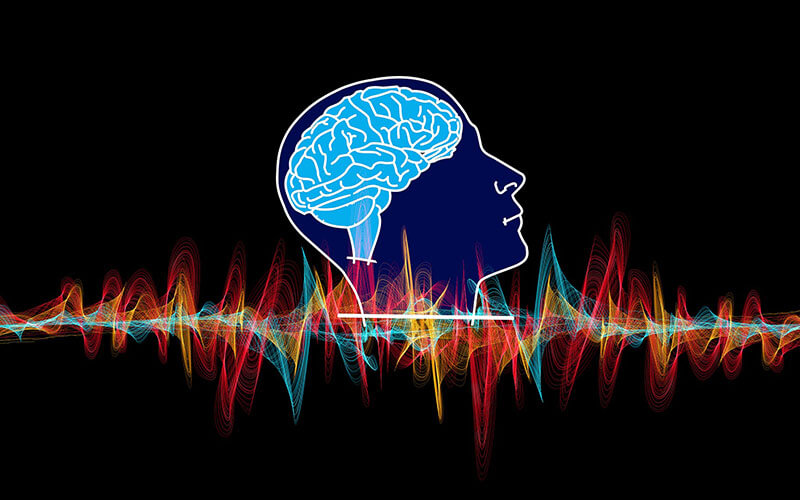- My Favorites
- Search
- Subscribe via RSS
- Browse Articles
- All Articles
- Creativity Articles
- Vocabulary Articles
- Memory Articles
- Stress Articles
- Topics
- All Topics
- Creativity Topics
- Vocabulary Topics
- Memory Topics
- Stress Topics
- Special Topics
- Vocabulary
- Boost Memory
- Diet, Fitness & the Mind
- Most Popular Articles
Mentalrobics®
Mentalrobics®
- My Favorites
- Search
- Subscribe via RSS
- Browse Articles
- All Articles
- Creativity Articles
- Vocabulary Articles
- Memory Articles
- Stress Articles
- Topics
- All Topics
- Creativity Topics
- Vocabulary Topics
- Memory Topics
- Stress Topics
- Special Topics
- Vocabulary
- Boost Memory
- Diet, Fitness & the Mind
- Most Popular Articles
Memory
- My Favorites
- Search
- Subscribe via RSS
- Browse Articles
- All Articles
- Creativity Articles
- Vocabulary Articles
- Memory Articles
- Stress Articles
- Topics
- All Topics
- Creativity Topics
- Vocabulary Topics
- Memory Topics
- Stress Topics
- Special Topics
- Vocabulary
- Boost Memory
- Diet, Fitness & the Mind
- Most Popular Articles
Electroencephalogram (EEG)

An EEG measures the electrical activity of the brain by using electrodes placed on the scalp. The brain-wave patterns that are measured can be used to help identify epilepsy, sleep disorders and other conditions. There are four major types of rhythms that can be recognized on an EEG.
Delta Waves
Delta waves indicate the slowest type of brain activity. These rhythms are seen during deep sleep.
Theta Waves
In terms of activity, Theta waves fall between Delta and Alpha. They are characteristic of someone who is drowsy or in light sleep. They can also be produced by someone who is hypnotized, day dreaming, or lucid dreaming.
Alpha Waves
These brain-waves are characteristic of normal consciousness. When you are awake, your brain is probably producing alpha waves.
Beta Waves
Beta waves are seen when a person is very active, under stress or concentrating hard on a task. They are high frequency waves and indicate that the brain is working hard.
Delta Waves
Delta waves indicate the slowest type of brain activity. These rhythms are seen during deep sleep.
Theta Waves
In terms of activity, Theta waves fall between Delta and Alpha. They are characteristic of someone who is drowsy or in light sleep. They can also be produced by someone who is hypnotized, day dreaming, or lucid dreaming.
Alpha Waves
These brain-waves are characteristic of normal consciousness. When you are awake, your brain is probably producing alpha waves.
Beta Waves
Beta waves are seen when a person is very active, under stress or concentrating hard on a task. They are high frequency waves and indicate that the brain is working hard.
Similar Articles
Related Content
Short Term Memory Test
Interactively test your short term memory.
Mentalrobics Public Forums
Chat about these articles and other mind related topics.
Sudoku Logic Puzzle
This puzzle requires logic and a good memory.
Interactively test your short term memory.
Mentalrobics Public Forums
Chat about these articles and other mind related topics.
Sudoku Logic Puzzle
This puzzle requires logic and a good memory.


Follow Braingle!